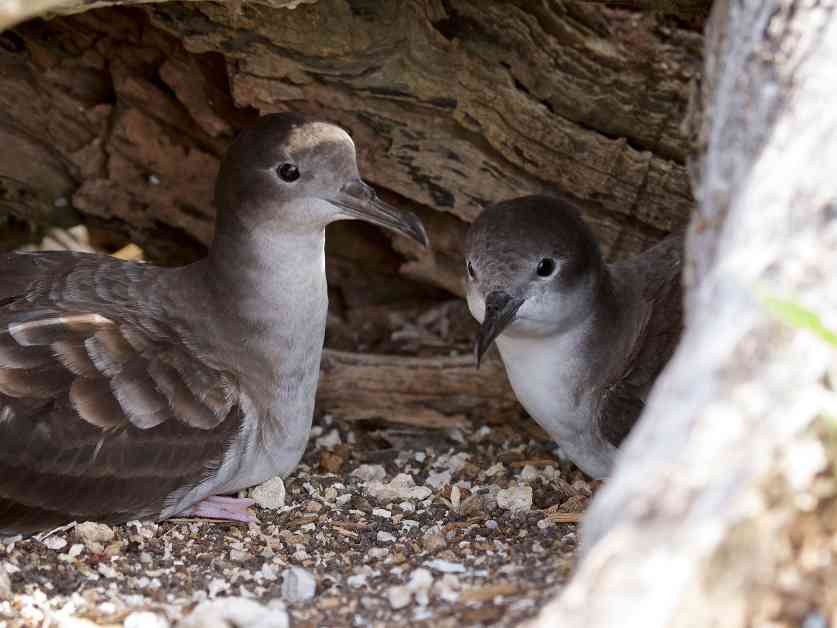Tromelin Island, a small teardrop-shaped piece of land in the Indian Ocean, saw a surprising resurgence of wedge-tailed shearwaters after rats were eradicated in 2005. The rats, which had been on the island for generations, decimated the seabird populations by eating their eggs. However, with the successful eradication of the rodents, the island became a thriving seabird paradise once again.
The eradication of invasive predators is crucial for the restoration of seabird colonies worldwide. While large islands with complex terrain pose significant challenges for rat removal, smaller uninhabited islands like Tromelin Island have seen success in eradicating rats using poisoned bait. Once the predators are gone, some seabird communities may require additional assistance to recover, such as restoring vegetation or playing recorded bird calls to attract them.
On Tromelin Island, no such efforts were needed as seabird populations began to rebound on their own. By 2013, populations of red-footed and masked boobies had more than doubled, and other species like white terns, brown noddies, sooty terns, wedge-tailed shearwaters, and lesser noddies began breeding on the island. This natural recovery process showcases the resilience of seabirds when invasive predators are removed.
While the recovery on Tromelin Island was relatively quick due to the dispersal habits of the dominant seabird species, not all colonies will bounce back as rapidly. Some species, like albatrosses and petrels, are slow to return to breeding spots once invaded. However, the success story of Tromelin Island demonstrates that with the elimination of invasive predators, seabird restoration is possible.
Despite the positive progress, the seabirds on Tromelin Island still face ongoing threats such as accidental bycatch in commercial fisheries, overfishing, and changing ocean conditions affecting their food supply. However, the island serves as a beacon of hope, showcasing that with the removal of invasive predators, seabird populations can recover and thrive.
The recovery of seabird populations on Tromelin Island highlights the importance of conservation efforts and the resilience of these birds in the face of environmental challenges. By creating predator-free environments, we can help seabirds flourish and ensure their continued presence in coastal ecosystems.



